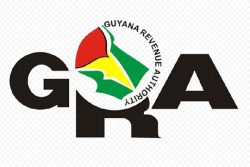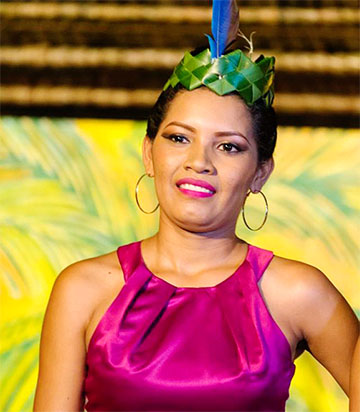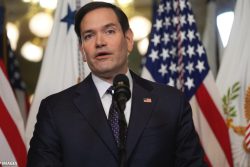HAVANA (Reuters) – The appearance of a fit and alert Fidel Castro on television after a long absence has surprised Cubans and raised questions about why the former Cuban president is suddenly back in the spotlight.
Many saw last Sunday’s TV broadcast of a video of the legendary Comandante, the first such broadcast in more than a year, as a move to reassure Cubans that the 83-year-old Castro is alive and well.
Other observers said it was also a deliberate attempt to bolster the position of his younger brother and current president, Raul Castro, at a time when the Cuban leadership faces major economic challenges and popular discontent.
Fidel Castro, who has mostly been out of public view for the past three years, was shown on Sunday smiling and chatting with Venezuelan students in a video of their three-hour meeting the day before.
While he was clearly not the robust Fidel of old, he looked to be in good health and mentally sound as he spoke about the dangers of global warming and the personal qualities needed to be a good revolutionary.
Castro has been seen only in occasional photographs and videos since undergoing surgery for an undisclosed intestinal ailment in July 2006. He ceded power temporarily to younger brother Raul Castro at the time, then officially stepped aside last year to allow Raul, now 78, to succeed him as president.
It has been 14 months since the last video of Fidel Castro ran on Cuba’s state-run television, and none of the previous ones had such extensive audio of him talking.
He also was shown in the official newspaper Juventud Rebelde on Sunday in a front-page photo with visiting Ecuadorean President Rafael Correa and, on Monday, in a two-page photo spread in Communist Party newspaper Granma. The Granma photographs, of the meeting with Venezuelan students, were taken by his son Alex Castro.
“My feeling is that the video of a much healthier Fidel Castro is mainly aimed to convey an image of unity and stability at a time when economic prospects are looking grim and Cubans are being asked to endure more austerity measures,” said Paolo Spadoni, a post-doctoral fellow at Tulane University’s Center for Inter-American Policy and Research.
‘Symbol of the revolution’
Cuba is badly short of cash due to a reduction in export income and increased spending on imports caused by three damaging hurricanes last year and the impact on the economy of the global financial crisis.
Raul Castro recently announced Cuba had to cut spending for the second time this year and was expecting little economic growth in 2009. He has warned several times that more difficulties lie ahead.
Nevertheless, ordinary Cubans said they were surprised to see Castro looking so much better than earlier videos where he appeared pale and gaunt.
“He looked good to me,” said Havana veterinarian Joaquin Parada, 38. “Many people said he was dead, but it was a lie — for us he is a god.”
Josefa Urfe, a cook from central Havana, said the video had reassured nervous Cubans that the historical leader of the Cuban Revolution was alright.
“People were worried because he was never shown, but now that he came out, they know he is fine,” said Urfe.
Cuban political dissident Oscar Chepe said he believed the larger point of the video was to show support for brother Raul Castro during a time of tough economic crisis in Cuba.
While Chepe, an economist who was imprisoned for several years for his opposition views, has little love for Fidel Castro, he said many Cubans still admire him for engineering the revolution that toppled Fulgencio Batista on Jan. 1, 1959.
“Raul Castro wants to use his brother as a symbol,” Chepe said. “They’ll continue using the figure of Fidel as the old symbol of the revolution to keep people calm.”
Cuba expert Dan Erikson at the Inter-American Dialogue think tank in Washington, agreed, saying Raul Castro had “faltered on many of his top promises” such as economic reform.
“This appears to be an effort to take advantage of a good spell in Fidel’s health to maximize his exposure in a way that maintains Raul’s position in power and wards off internal challenges,” he said.
Retired worker Orestes Cuellar, 71, said the video convinced him that Fidel Castro would still be a forceful presence in Cuba for some time in the future.








